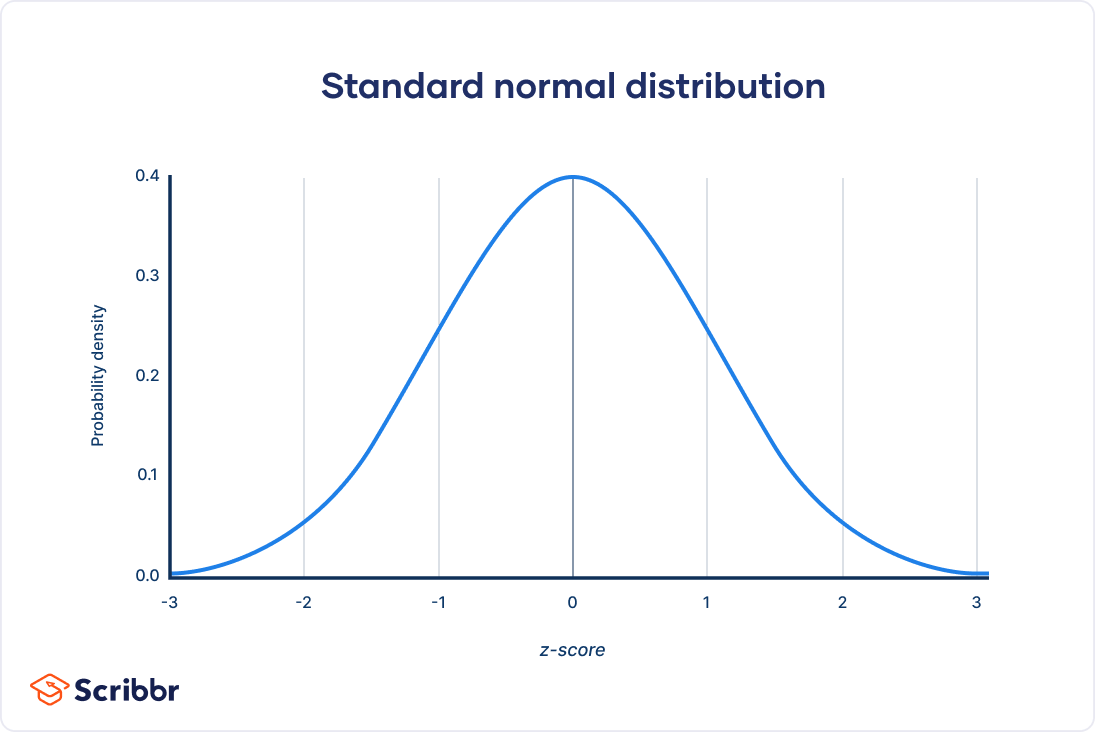When it comes to respiratory illnesses, two of the most common and potentially severe conditions are the flu (influenza) and pneumonia. Both can present with similar symptoms, making diagnosis and treatment challenging. Understanding the distinct symptoms of each condition is crucial for seeking appropriate medical attention and preventing complications.
Introduction to the Flu
The flu, caused by the influenza virus, is a highly contagious respiratory illness that can affect anyone, regardless of age or health status. It spreads through droplets released when an infected person coughs, sneezes, or talks, or by touching surfaces contaminated with the virus. The flu season typically peaks between December and February, but cases can occur year-round.
Symptoms of the Flu
- Fever: High temperature, usually above 102°F (39°C), is a hallmark symptom, though not everyone with the flu will have a fever.
- Cough: Can be dry and hacking or produce mucus.
- Sore Throat: Pain or irritation in the throat.
- Runny or Stuffy Nose: Nasal congestion or a runny nose.
- Headache: Can range from mild to severe.
- Fatigue: Feeling extremely tired or weak.
- Muscle or Body Aches: Pain in the arms, legs, back, and other parts of the body.
- Diarrhea and Vomiting: More common in children than adults.
- Loss of Appetite: Decreased desire to eat.
Introduction to Pneumonia
Pneumonia is an infection that inflames the air sacs in one or both lungs. The air sacs may fill with fluid or pus (purulent material), causing cough with phlegm or pus, fever, chills, and difficulty breathing. Pneumonia can be caused by bacteria, viruses, or fungi. While it can occur at any age, it’s most serious in young children, people over 65, and those with certain health conditions.
Symptoms of Pneumonia
- Cough: Produces phlegm or pus.
- Fever: Can be high.
- Chills: Feeling cold, even if the body temperature is high.
- Shortness of Breath: Difficulty breathing or feeling like you can’t catch your breath.
- Chest Pain: Sharp or stabbing pain that worsens with deep breathing or coughing.
- Fatigue: Feeling extremely weak or tired.
- Loss of Appetite: Decreased desire to eat.
- Nausea and Vomiting: Especially in children.
- Confusion: Especially in older adults.
- Excessive Sweating: Feeling cold and clammy, even if your body temperature is normal.
Comparative Analysis of Symptoms
While both the flu and pneumonia can cause cough, fever, and fatigue, pneumonia is more likely to cause high fever, chills, and difficulty breathing. The flu tends to come on suddenly and is often accompanied by body aches and headaches, whereas pneumonia symptoms may develop more slowly and include sharp chest pain that worsens with deep breathing or coughing.
Decision Framework for Seeking Medical Attention
Deciding whether your symptoms are due to the flu or pneumonia, or when to seek medical help, can be challenging. Consider the following criteria:
- Severity of Symptoms: If your symptoms are severe, such as difficulty breathing, chest pain, or a fever above 103°F (39.4°C), seek immediate medical attention.
- Duration of Symptoms: If your symptoms last longer than expected or worsen over time.
- Underlying Health Conditions: If you have a weakened immune system, heart disease, or lung disease, consult your healthcare provider even for mild symptoms.
- Age: Young children and older adults should seek medical evaluation promptly due to the higher risk of complications.
FAQs
How can I differentiate between the flu and pneumonia based on symptoms alone?
+Differentiating between the flu and pneumonia based solely on symptoms can be challenging. However, pneumonia is more likely to cause high fever, chills, difficulty breathing, and sharp chest pain that worsens with deep breathing or coughing. If you're unsure or if your symptoms are severe, it's best to consult a healthcare professional for an accurate diagnosis.
What are the potential complications of untreated pneumonia?
+Untreated pneumonia can lead to severe complications, including bacteremia (bacteria in the bloodstream), sepsis (a life-threatening response to infection), meningitis (infection of the membranes surrounding the brain and spinal cord), and respiratory failure. In severe cases, it can be fatal, especially in vulnerable populations like the young, the elderly, and those with compromised immune systems.
How can I prevent the flu and pneumonia?
+Prevention measures include getting vaccinated against the flu and pneumonia, practicing good hygiene such as frequent hand washing, avoiding close contact with people who are sick, not touching your eyes, nose, and mouth, and quitting smoking. A healthy lifestyle, including a balanced diet, regular exercise, and sufficient sleep, can also help boost your immune system and reduce the risk of these infections.
Conclusion
Both the flu and pneumonia are serious respiratory illnesses that require prompt medical attention, especially in high-risk groups. Understanding the distinct symptoms of each condition and knowing when to seek help can significantly reduce the risk of complications. Moreover, preventive measures such as vaccination, good hygiene practices, and a healthy lifestyle play a crucial role in protecting against these infections. If you’re experiencing symptoms that could be related to the flu or pneumonia, don’t hesitate to consult with a healthcare professional for proper diagnosis and treatment.



